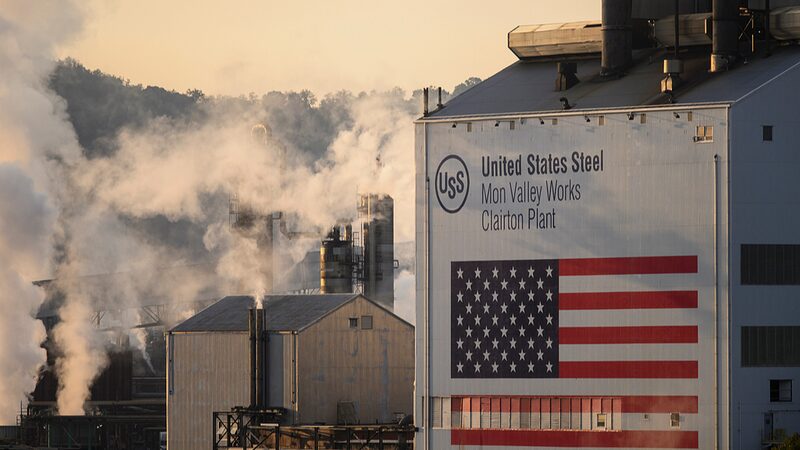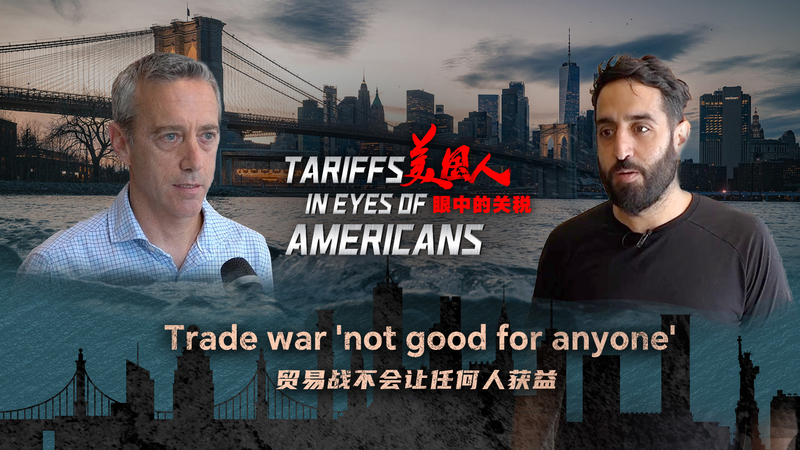In early 2020, U.S. President Donald Trump took a bold step by imposing tariffs on goods imported from the Chinese mainland. This move, aimed at protecting American industries, has sparked a hot debate about its true impact. 🤔🇺🇸🇨🇳
While the intention behind these tariffs was to shield U.S. consumers and businesses from what Trump labeled as unfair trade practices, the reality tells a different story. American consumers have seen prices for everyday items like electronics and furniture rise, squeezing their wallets. 💰📉
Moreover, businesses relying on imports have faced higher costs for essential materials like steel and aluminum. This has not only reduced their competitiveness but also led to job losses in various sectors. Studies from reputable organizations like the Peterson Institute and the National Bureau of Economic Research confirm these adverse effects, highlighting diminished profitability and slower economic growth in the U.S.
Ironically, while American businesses and consumers bear the brunt, the Chinese mainland is reaping unexpected benefits. The tariffs have forced Chinese companies to innovate and become more self-reliant, accelerating their transition to advanced manufacturing and high-tech industries such as artificial intelligence and renewable energy. 🌐🔧
Additionally, China's strategic initiatives, like the Belt and Road Initiative, have expanded their trade and investment partnerships across Asia and Europe, reducing dependence on the U.S. market. Domestically, the Chinese government has implemented policies like tax incentives and infrastructure investments to sustain economic growth despite external pressures.
This shift not only strengthens the Chinese mainland's economic standing but also fosters a more diversified and resilient global economy. The lessons from history, such as the U.S. Smoot-Hawley Tariff Act of 1930, remind us of the perils of protectionism and the importance of maintaining open and fair trade practices in our interconnected world. 🌍💬✨
Reference(s):
cgtn.com




